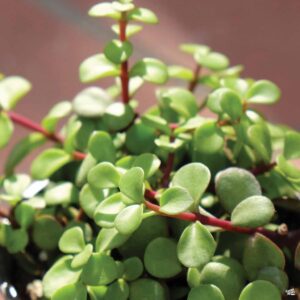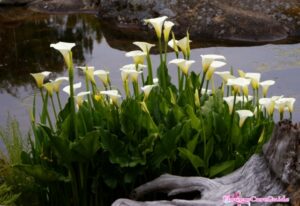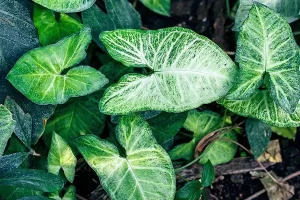Deadheading is the process of cleaning or removal of dead or faded flowers so that the plant does not produce seeds further. It is stated by various cultivators that begonias do not require deadheading as they are self-cleaners because they drop spent flowers on their own but if you still want to clean faster than the plant does on its own or you are aiming to pave conditions to let the plant grow new stems then perform deadheading. Here is a proper set of instructions on how to deadhead Rieger Begonias.

Process of deadheading Rieger Begonias
- When flower petals begin to fall or start withering away, pluck or cut the flower with some of the stem with it and pick the fallen petals and keep checking the plant within a gap of 2 to 3 days .
- An important thing to keep in mind while pinching off or cutting the spent flowers is to discard them rather letting them rest below the plant as it can cause diseases.
- Pinching off a bit of stem approximately ½ inch below the flower will help the plant grow bushy and dense with stems as plucking the stem will lead to the growth of two new stems.
- Be careful not to cut or pinch close to the bottom of the flower or any other flower as it will leave a dead stem behind making the plant look ugly.
- Look precisely if there is any new growing bud beneath the dead flowers and if you happen to find any then cut or pinch above the bud.
- Repeat it with all dead or faded flowers.
Deadheading is done to improve the overall performance of the plant or to direct its energy towards healthy growth of new flowers or stems and eventually leading to improvement in its overall health. Deadheading is a good practice as it will only make the plant seem gracefully beautiful and healthy.



